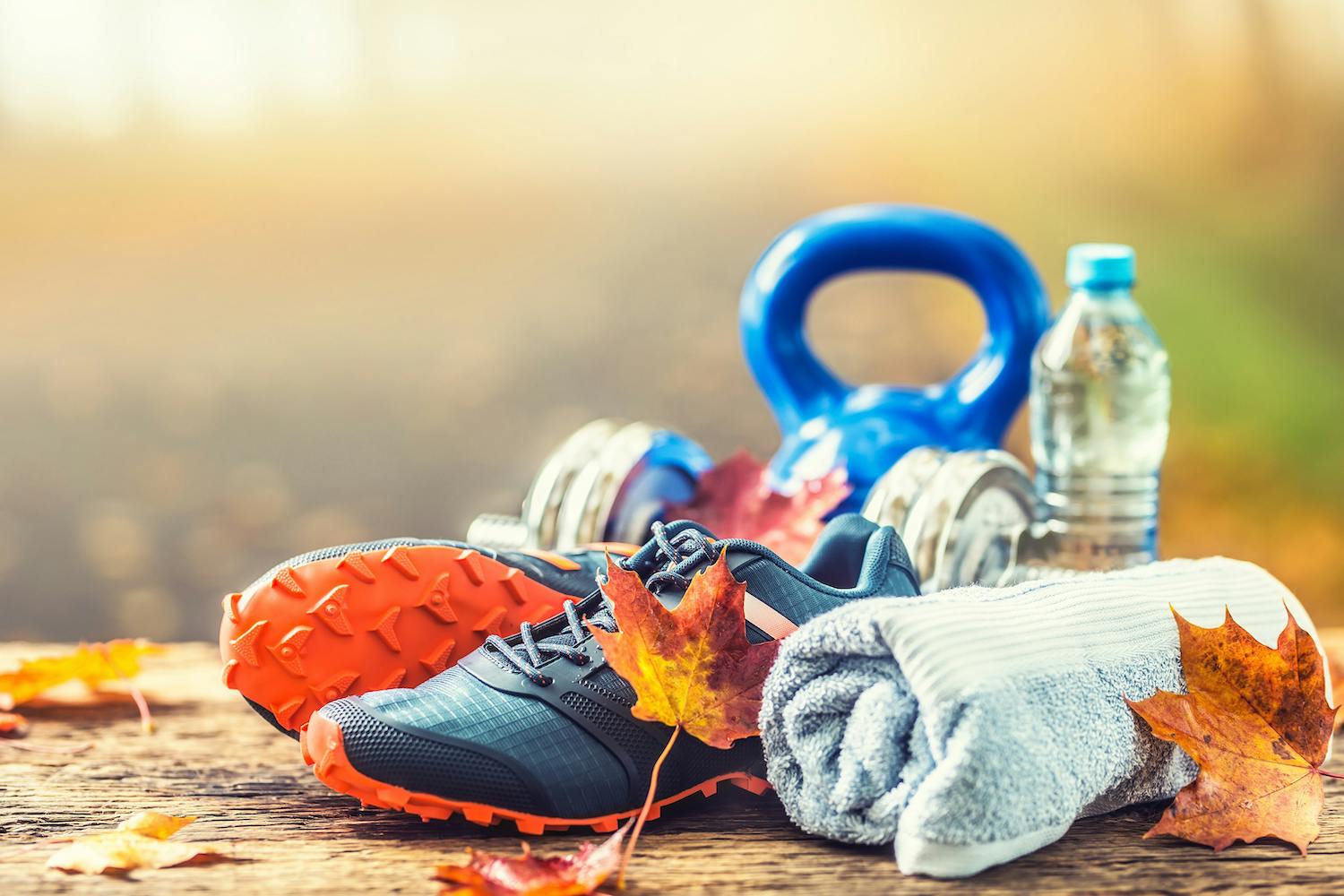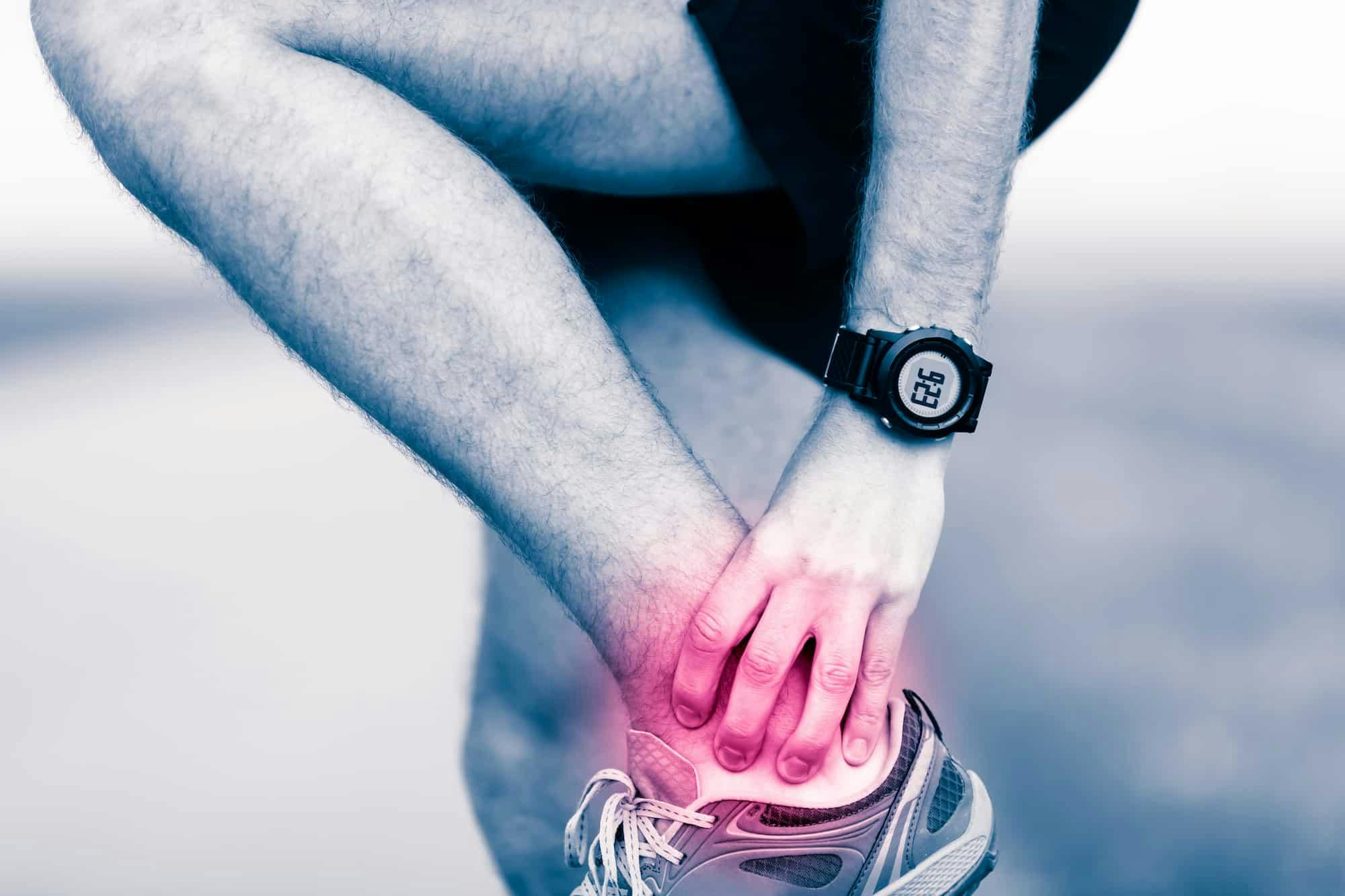- Blog
Fall Sports Injuries
Posted on 12-17-2025 in Sports Medicine, Youth Sports, Sports Injury & Youth Injury Prevention by Dr. Chris O'Grady, Dr. Roger Ostrander

Posted on 12-17-2025 in Sports Medicine, Youth Sports, Sports Injury & Youth Injury Prevention by Dr. Chris O'Grady, Dr. Roger Ostrander
It’s back-to-school time in Northwest Florida, which means the return of high school sports for the fall season, including football, volleyball, golf, cross country, swimming, and diving. As students begin to practice and train again, it is crucial to recognize that soft-tissue injuries are often part of a quick return to sports after a less active summer.
These types of injuries are typically categorized in one of two ways – acute and overuse. Acute injuries are caused by sudden trauma like a fall or taking a body blow resulting in injuries like an Anterior Cruciate Ligament (ACL) Tear in the knee, or a Rotator Cuff Tear in the shoulder. Overuse injuries happen gradually over time when an area of the body doesn’t have ample time to heal between occurrences. These can include injuries such as Little Leaguer’s Elbow and SLAP tears in the shoulder.
While much emphasis is placed on injuries during competitions or games, student-athletes are also susceptible to injuries during practice or training activities. Developing a balanced fitness program is one way to help your student-athlete stay healthy all season. These routines should incorporate cardiovascular exercise, strength training and improved flexibility. New activities should be considered cautiously, as too many can do more harm than good. Whether they have been sedentary or are in great physical shape, adding no more than one or two new exercises per workout is best.
Additionally, the following reminders are also essential to help your child avoid injury while at practice or competing, regardless of the sport they participate in:
For additional information on how to help your child return safely to fall sports, read our Youth Sports Injury Prevention blog post.
If your child has experienced an acute injury or you suspect they may be suffering from an overuse injury, seek medical attention promptly. Continuing to play or practice can worsen the injury and potentially prolong your student athlete’s recovery. As experts in their field, Dr. Chris O’Grady and Dr. Roger Ostrander provide specialized care for various youth sports injuries and conditions. Learn more about our orthopaedic and sports medicine specialists or request an appointment online today.

With summer in full swing and children taking advantage of more time to participate in sports-related or other outdoor activities, it’s essential to be mindful of injury prevention while encouraging their interest in activities that don’t involve screen time!

May is National Arthritis Awareness Month, and of the more than 100 forms of this painful condition, many can affect the ankle. In fact, almost half of people in their 60s and 70s have arthritis of the foot and/or ankle, but not all of them have symptoms.

Springtime in North Florida is the perfect season for gardening, but hours spent planting, pruning, and digging can take a toll on your body. At North Florida Bone & Joint Specialists, we often see patients with gardening-related injuries affecting the hands, upper extremities, shoulders, and knees. Whether you're a weekend hobbyist or an avid green thumb, practicing proper ergonomics can help ensure you stay injury-free while you enjoy your time outdoors.